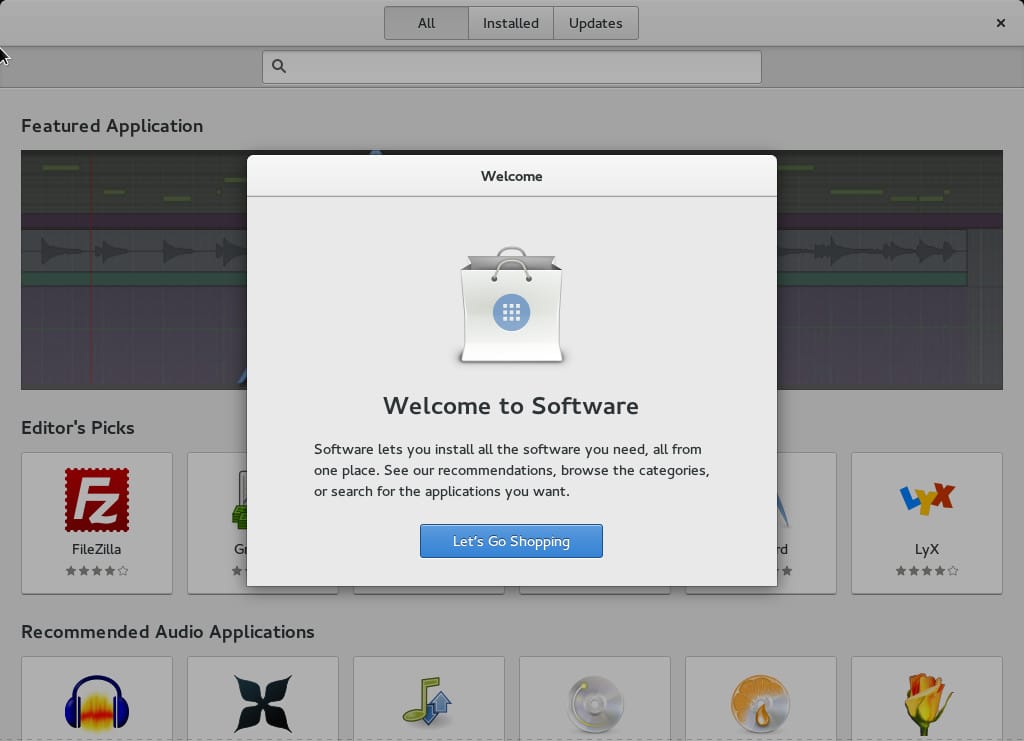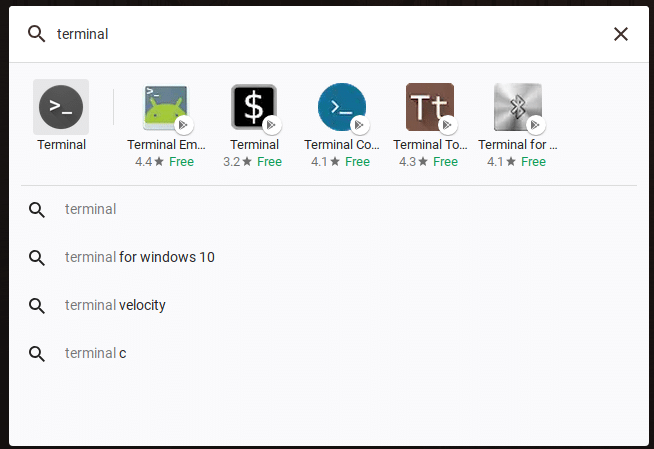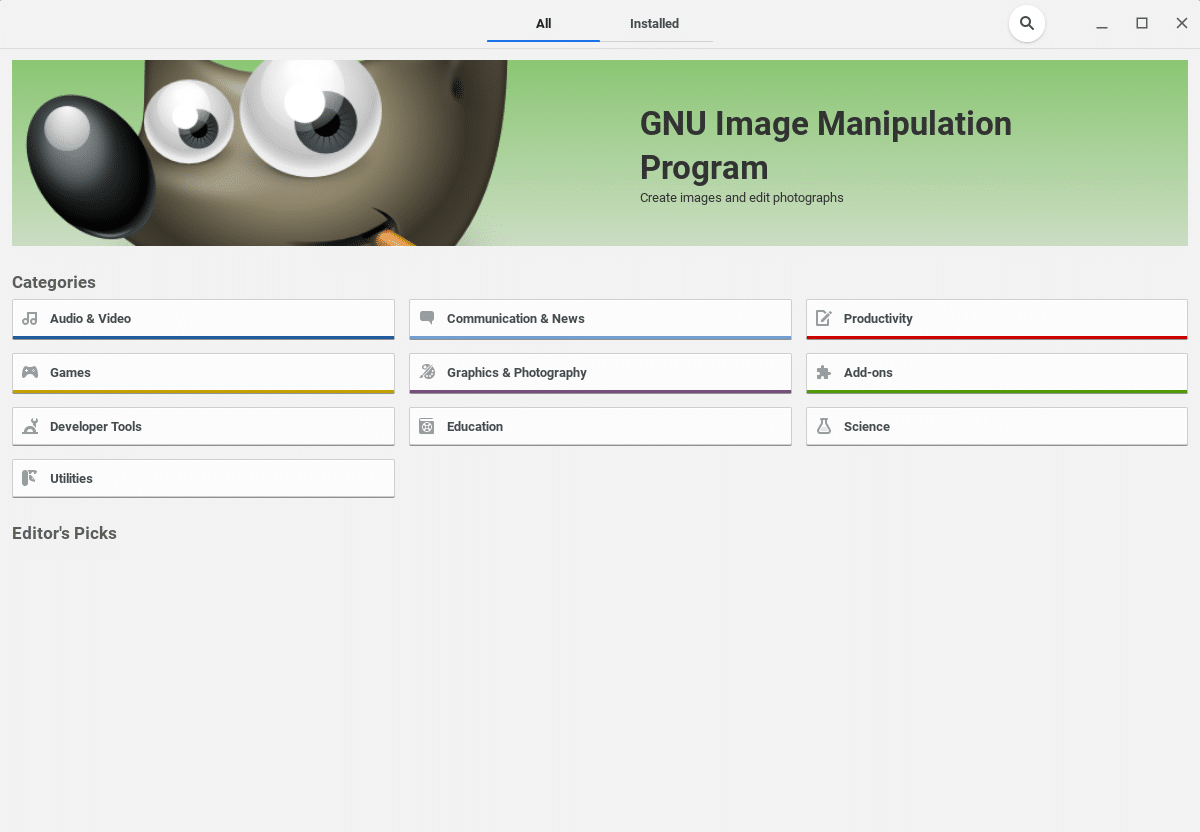When Google first launched Chrome OS on Chromebooks, it confused many people. Who was it for? What was the point of an OS that was only a web browser? Yet, Chrome OS, and thus Chromebooks did find their niche among Macs and Windows like several other operating systems based on the Linux kernel. Given the scarcity of apps for Chrome OS, Google has brought Android apps to Chromebooks. While they’re fun, most aren’t useful on a laptop. Google is now bringing Linux app support to Chrome OS. You can already install the GNOME Software Center on Chrome OS.
What is GNOME Software Center?
GNOME Software Center is like the Google Play Store but instead for a desktop running the GNOME Desktop. There are several Software Center-like apps for Linux but most have the same apps.
Why do you need it on your Chromebook?
Google has already added support for installing Debian packages on Chrome OS. Debian packages use the extension .deb and are to a Debian-based Linux OS what .apk is to Android. However, without a proper package installer, installing an APK or a Debian package can be daunting for those unfamiliar with the command line. Android already has a package installer for APK files and so does the Chrome OS. But Chrome OS lacks a GUI package installer for .deb files. So if you want to install GIMP, the best Photoshop alternative, or any other Linux app on your Chrome OS, you’ll have to launch the terminal and run commands.
Must read: 5 Useful Chrome OS Tips & Tricks
Whereas, if you were to install the GNOME Software Center, you’d only have to do that once, to install the software center. After that, you can browse and install apps pretty much as you do on the Chrome Web Store or the Google Play Store.
Installing GNOME Software Center
Linux app support is currently in testing on Chrome OS and as such, is only available to those on the beta update channel. If you’ve made the move and installed Linux, you should have the Linux Terminal app installed on your Chrome OS. Launch the Terminal app from your app launcher.
Type or paste the command below into the Terminal window and hit enter.
sudo apt-get install gnome-software gnome-packagekit
You’ll then be informed that you’re about to install packages that will take up additional space on your machine. Type Y and hit enter to proceed with the installation. You can now sit back because the installation will take some time regardless of your internet connection. It will take longer on slower internet connections though. When the installation finishes, you can find the software center in your app launcher.
Note
When you launch the software center for the first time, it may just load up the GUI without showing any apps or categories. A simple reboot of your Chrome OS machine should fix that. You can also try to update the system via the Terminal. To do that, enter the following command in the Terminal.
sudo apt-get update
If you still don’t see anything in the Software Center, try this command too,
sudo apt-get dist-upgrade
When you relaunch the Software Center, you should be able to see app categories as shown below.
There are also other Linux Software Centers that you can install similarly using the Terminal commands. However, the GNOME Software Center should contain most apps you’ll probably need, assuming you’re new to the world of Linux.
Read on: 5 Popular Mac and Windows Apps Also Available For Linux


